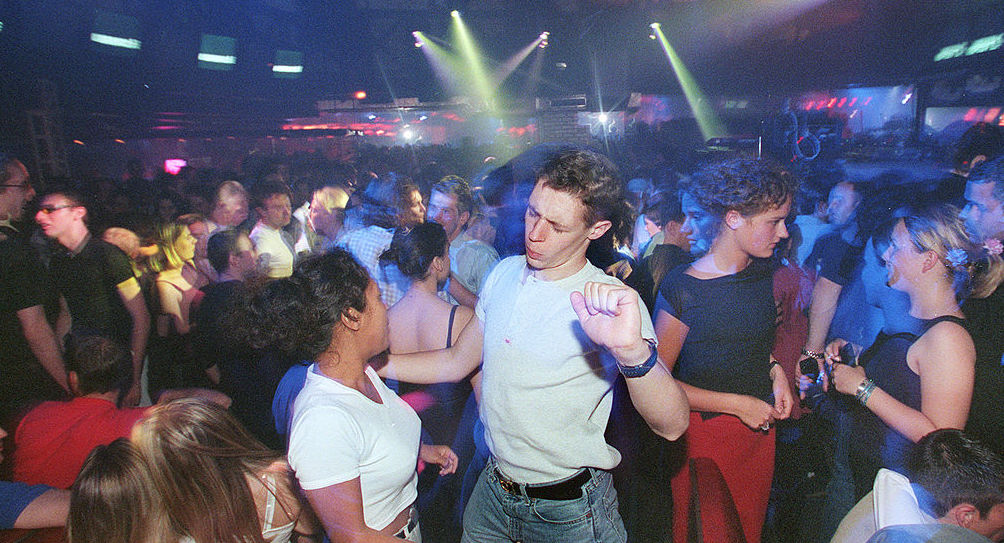My recommended long read for this weekend is Rave Revisionism by Jacob Phillips in Jacobite. An atmospheric exploration of 1990s rave culture through the lens of historiography, it took me back vividly to my own raving days two decades ago:
According to the official history of rave, Phillips suggests, “British youths reacted against Thatcherite individualism and “greed is good” ethics through founding alternative forms of community centred on the dancefloor.” Phillips teases out threads omitted from this polite account of rave, such as class conflict, libertinism, criminal gangs and overdoses, to suggest that our culture is suffering a decline in the capacity to do history, or indeed historiography: ‘Today’s rave revisionism […] demonstrates the deceleration of human interpretive skill, its reduction in the agility and elasticity required to take genuine heed of different views’.
That is, rave revisionism is evidence that we have passed a point of no return in terms of our capacity to create meaning itself. As expressed through the metaphor of rave culture, itself:
Is there a way back from this semiotic disintegration? Phillips asks. Can “the discourse” re-learn “the science and art of interpretation”? This thoughtful piece ends on a note that is both sober but not without hope: “From seeing everything bathed in the color of a monotone hue, eyes will squint at the clear light of truth, and many will choose to crawl back into the twilight. Some, however, will become adepts of starlight”.
Whether or not you were there when rave happened the first time, Phillips’ piece draws together threads from high and low culture in a meditation on hedonism, storytelling, psychogeography and the fabric of meaning itself (not to mention the meaning of Fabric) that is well worth your time this weekend.











Join the discussion
Join like minded readers that support our journalism by becoming a paid subscriber
To join the discussion in the comments, become a paid subscriber.
Join like minded readers that support our journalism, read unlimited articles and enjoy other subscriber-only benefits.
Subscribe